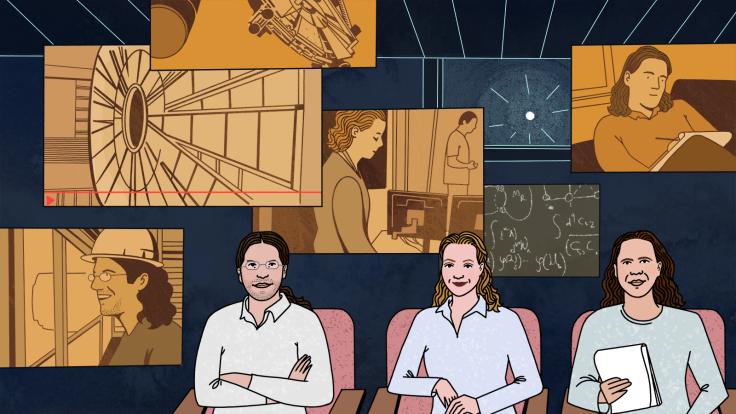Number crunching, redefined
Supercomputers can play chess, map DNA, and aid in the study of dark energy. But recently they were unleashed on a bold new frontier: optimizing the production of potato chips.
Imagine a conveyor belt carrying a neat row of saddleshaped Pringles-brand potato chips. As the belt moves at high speed, the air rushing past the chips can lift them up and send them sailing off the production line.
"This is fundamentally a problem of air-flow over the potato chip," says Richard Herman, chancellor of the University of Illinois at Urbana-Champaign. "Much like air-flow over the wing of a plane, this is a problem in computational fluid dynamics." Herman, a mathematician, presented the problem in June at the 2007 National User Facility Organization meeting at Lawrence Berkeley National Laboratory as an example of public/private partnerships to improve national competitiveness.
After analyzing the problem using high-performance computers, Proctor & Gamble redesigned the chips and adjusted the speed of the production line so fewer chips go flying, Herman says.
So if you really can't eat just one, don't worry. Thanks to supercomputers, there are more chips per potato reaching chip enthusiasts worldwide.
Lauren Younis
Click here to download the pdf version of this article.






